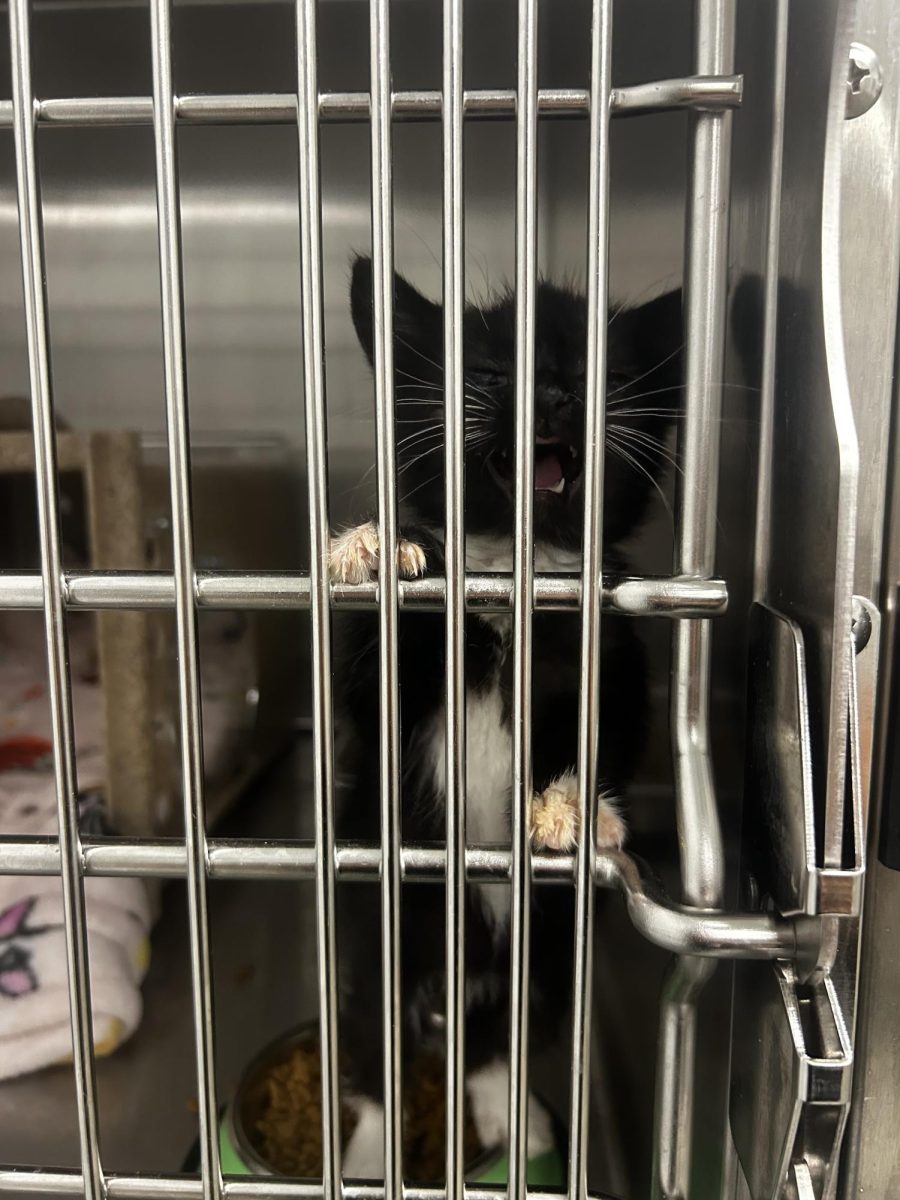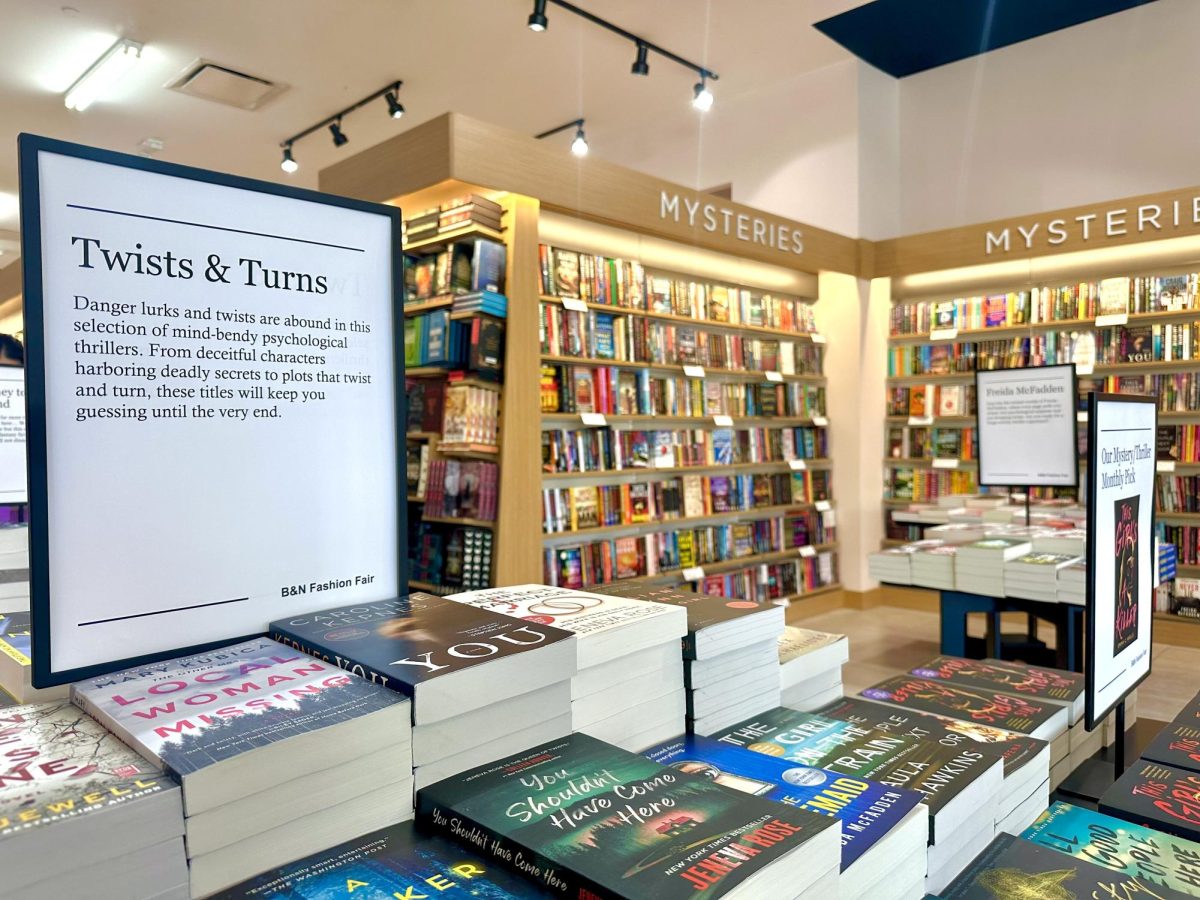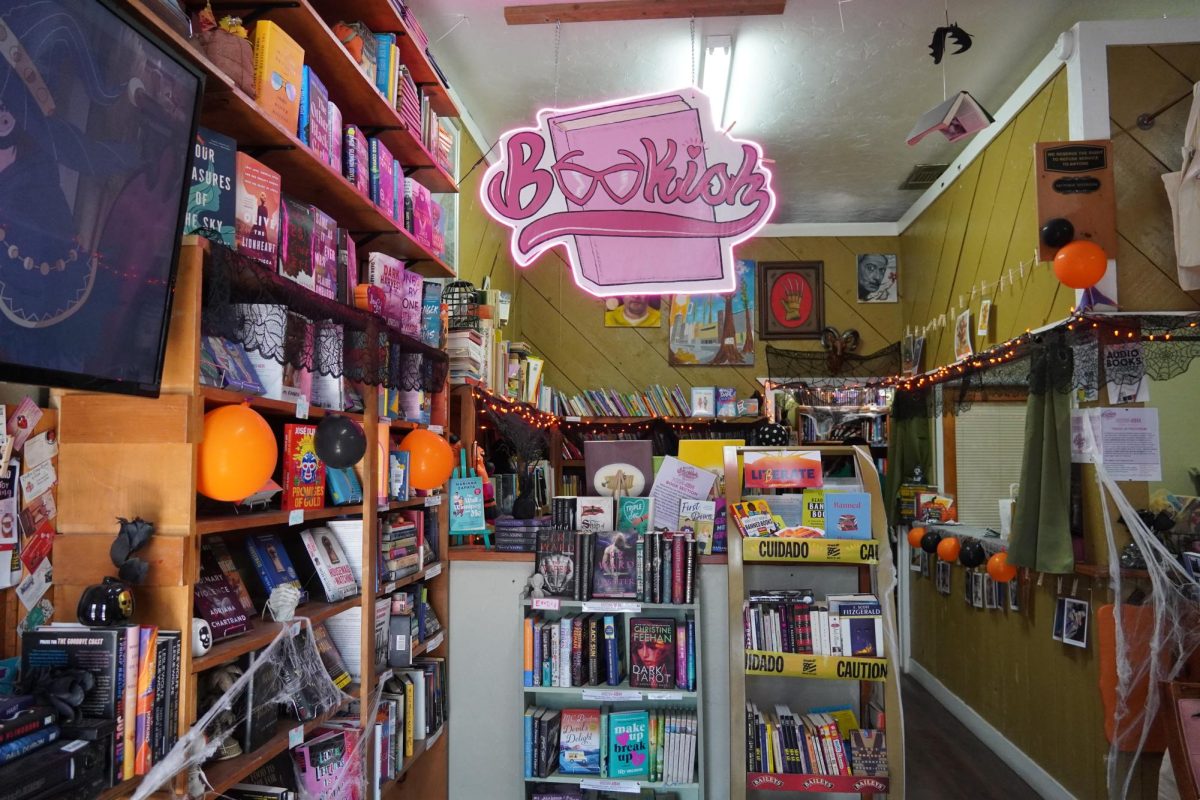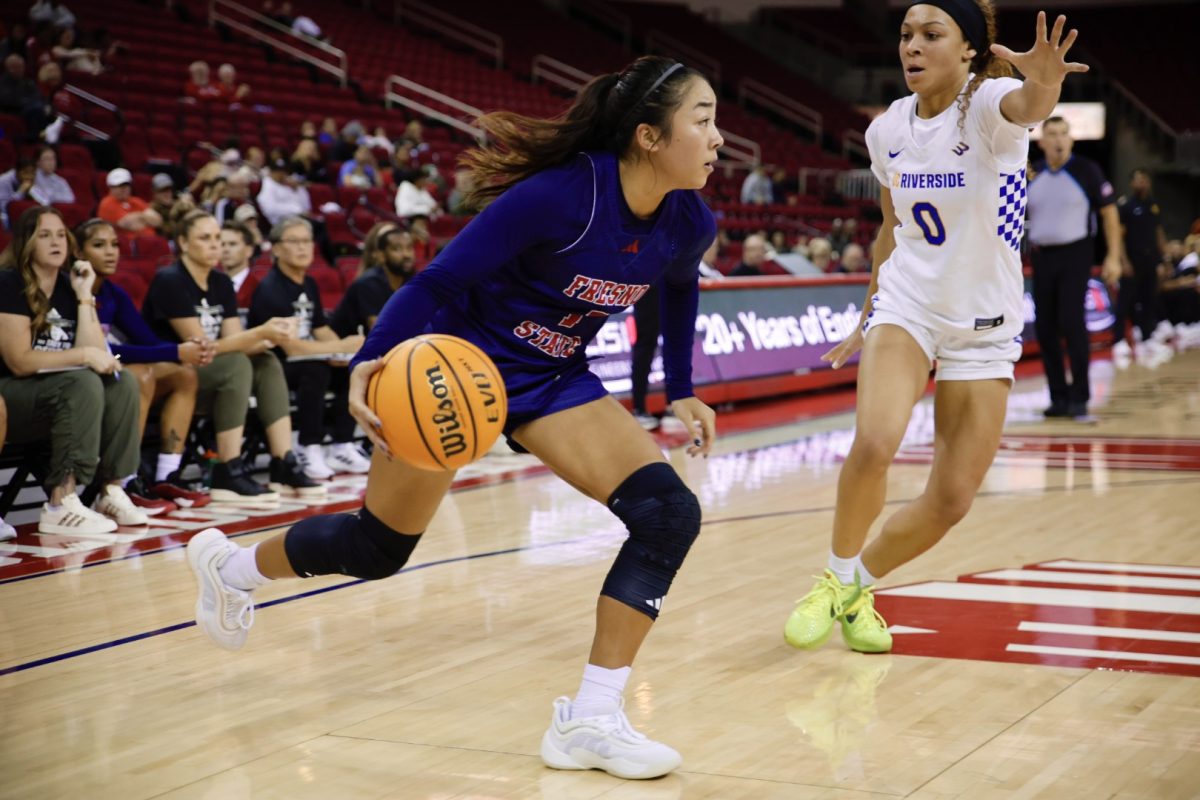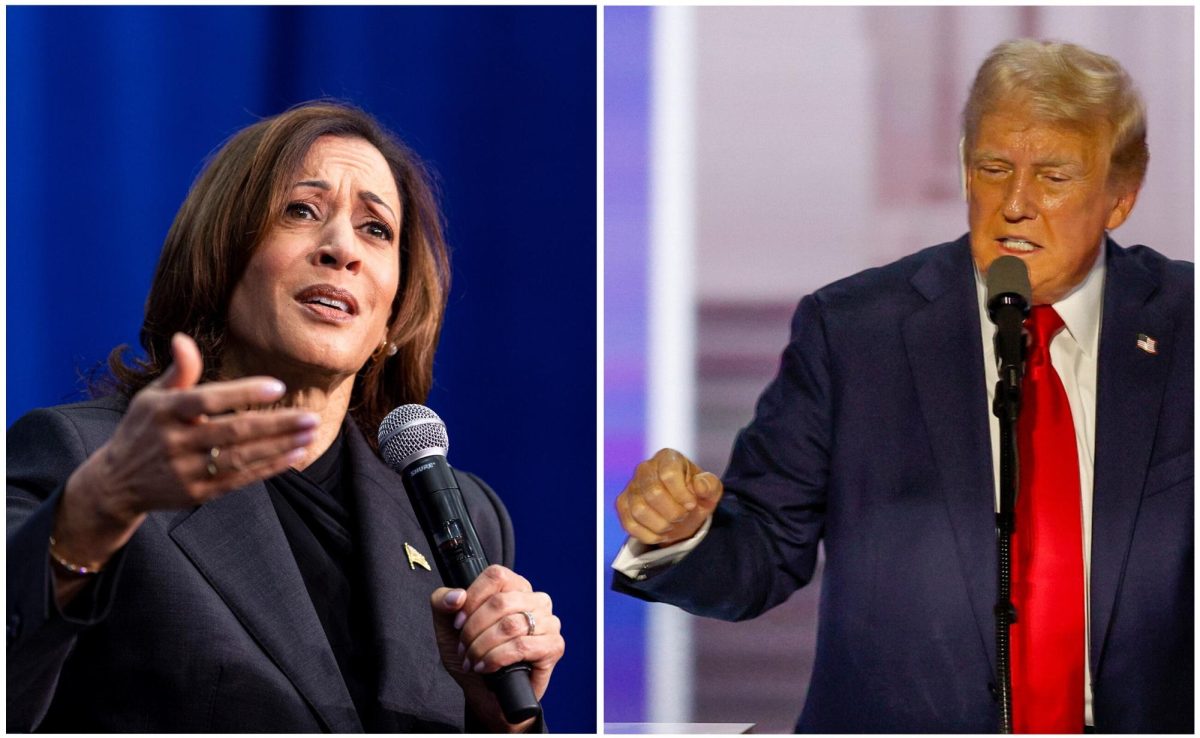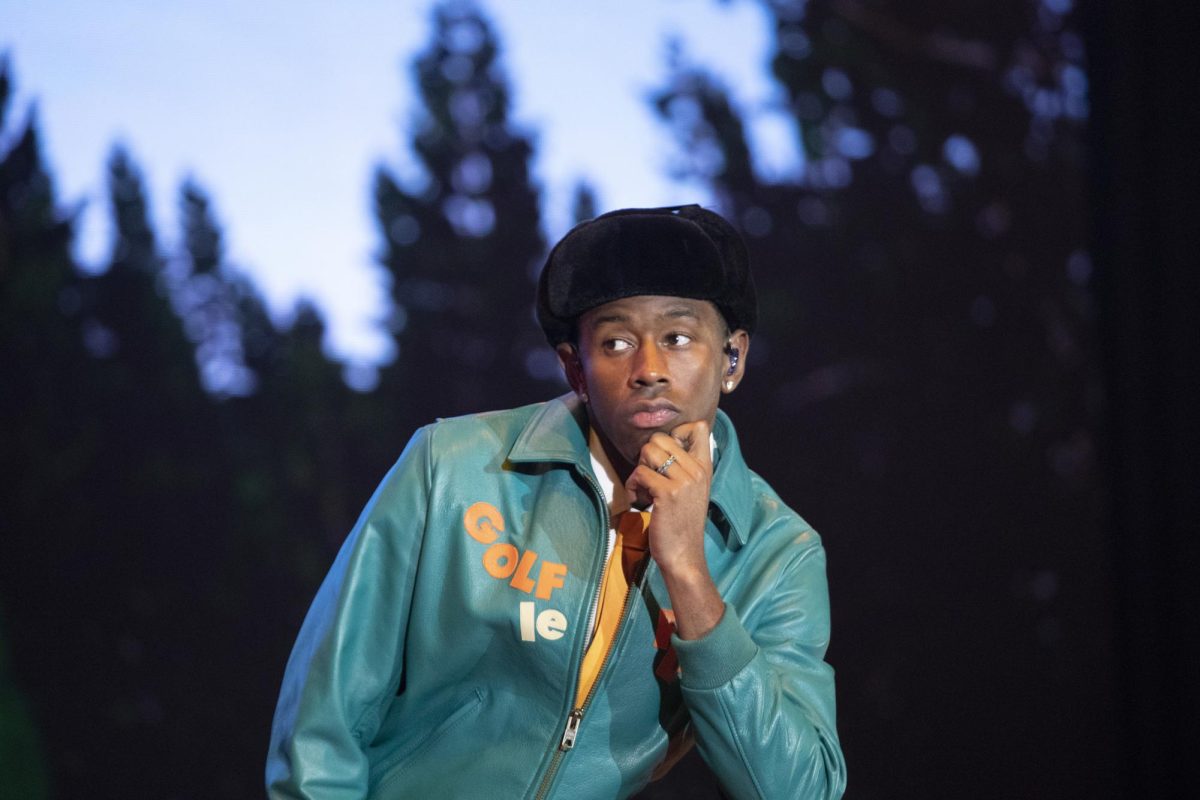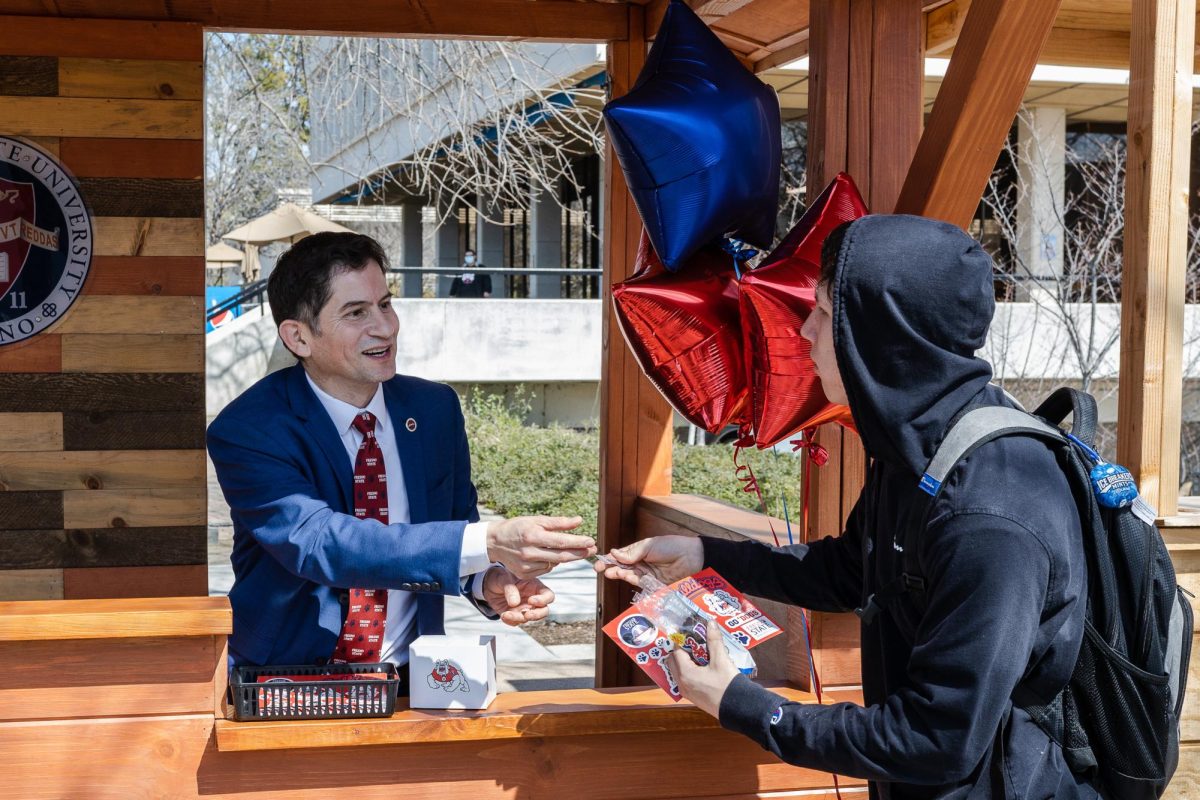It was the winter of 2022 and I arrived at the shelter with a clear purpose: to adopt a cat that nobody else wants. I had looked on the shelter website for weeks prior to this, and I had my eyes set on a black cat called Benson. In his online picture, Benson looked scared, his eyes were wide, and he looked very stiff in comparison to all the other cats. He also had apparently been in the shelter for six months already after being surrendered by his family on account of “allergies.” He was one of the cats with the longest stay.
My dad and I went into the cat room where the shelter keeps all of their adoptable cats, and immediately several cats of all breeds came up to me and started purring. Admittedly, I was enticed by the idea of having a social cat who was not scared of me, but then, out of the corner of my eye, I saw a black mass emerge from the pet door leading to a patio outside.
That must be Benson, I thought. He was the only cat who was ambivalent about my presence there, and this told me that people were not normally interested in him or scared of him. He was a beautiful cat; his coat was shiny, his eyes were a bright green, and he was about fifteen pounds. I decided that Benson was coming home with me, and his reign of loneliness at the shelter would come to an end.
He screamed all the way home. It was raining hard that day, and the poor thing was terrified, but I think that he would have been scared regardless. When we got home and I let him out in my room, he immediately ran underneath my dresser and stayed there for three entire days. That entire time I sat by him, read to him, gave him food, and tried to get him to come out until he finally did!
I renamed him Obi. What happened to Obi that caused him to be so petrified of humans, I wondered. And why was he overlooked for so long?
There are superstitions that surround black cats, which are detrimental to felines who do not even know that they are black. These myths become especially relevant during fall and near Halloween weekend, but they exist year-round.
It is a tragic mess of misguided fear, one that might have been responsible for Obi’s long stay. The unvarnished truth is that black cats are not evil or malicious—they are simply misunderstood.
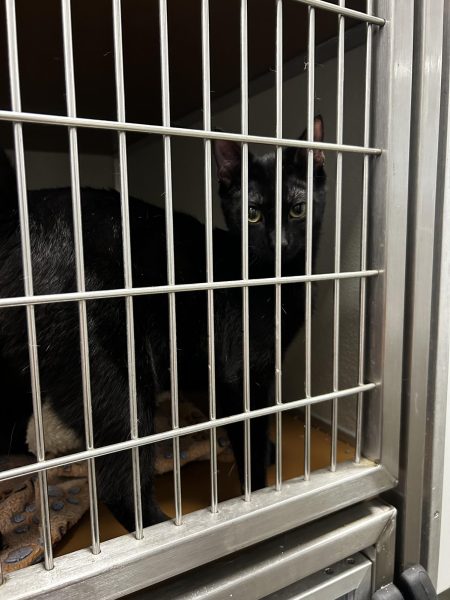
Halloween decorations have black cats and witches plastered all over them. There are mugs with designs of black cats and their piercing green eyes. Children dress in “scary” black cat costumes. Do we ever stop to wonder: How do all of these seemingly innocent fairy tales affect the lives of actual black cats?
Liz Vazquez, cat coordinator at Fresno Humane Animal Services, had something to say about this issue.
“We do see our black cats have the hardest time all year-round getting adopted,” Vazquez said.
She explained that Fresno Humane does not typically have to euthanize any cats for space; however, they do euthanize the dogs, who experience the same problem.
“I’ll get in the [cat adoption room] and a black cat will approach somebody and they’ll just literally walk right by and go to the next one,” she said. This goes for Tuxedo cats (black cats with white paws or patches of white) as well.
Vazquez explained that black cats make wonderful pets and ultimately just want love, and that there is nothing to worry about concerning superstitions or myths. It is clear that the cats at Fresno Humane are beautifully taken care of, but all shelter animals yearn for their forever homes no matter the circumstances.
Many animal shelters that house cats experience this issue. Arianna Padilla, community coordinator at Fresno County Animal Services, explained how their black cats suffer from the same prejudices.
“If there’s a litter of kittens and one of them is black, the other ones will get adopted first,” she said.
Fear of black cats stemmed from ancient myths and has extended throughout human history. In Greek Mythology, Hecate, goddess of magic, sorcery, the moon and witchcraft, was described as having a cat as both a pet and a familiar—a supernatural creature that assists a witch.
In medieval Europe, cats in general were also associated with witchcraft, which resulted in the pairing of witches with black cats specifically.
This taboo still persists even now. According to a poll conducted by USA Today, nearly a quarter of the population believes that black cats bring bad luck.
Why? Because of fear. Cats cannot speak, so therefore humans spoke for them. The color of black cats, especially because they blend in with the night, can be spooky; however, if humans are so prone to getting “spooked” by a little cat, then that is what is concerning.
Perhaps we should focus less on the “lore,” and more on the evilness of the consequences that black cats now experience for the simple crime of having a black coat. The taboo associated with black cats has spread to the point where it is making the lives of black cats miserable. It not only robs black cats of the chance to be adopted, but it also robs humanity of the joys of owning one.
In a society where change and the overcoming of stereotypes is so celebrated, how is a silly superstition from hundreds of years ago still relevant?
It is a natural instinct to protect what is smaller than ourselves, namely animals and children. People everywhere can be seen rescuing lost dogs, feeding strays, and even taking in rats as beloved pets. Where do black cats fit into this circle of nurture?
If someone does not personally like black cats, then that is their prerogative. However, Obi is tangible proof that black cats make wonderful companions. They seek love like every other pet, and they are not evil.
Every cat, no matter its color, has its own way of loving, and he proves just how special a black cat can be.




